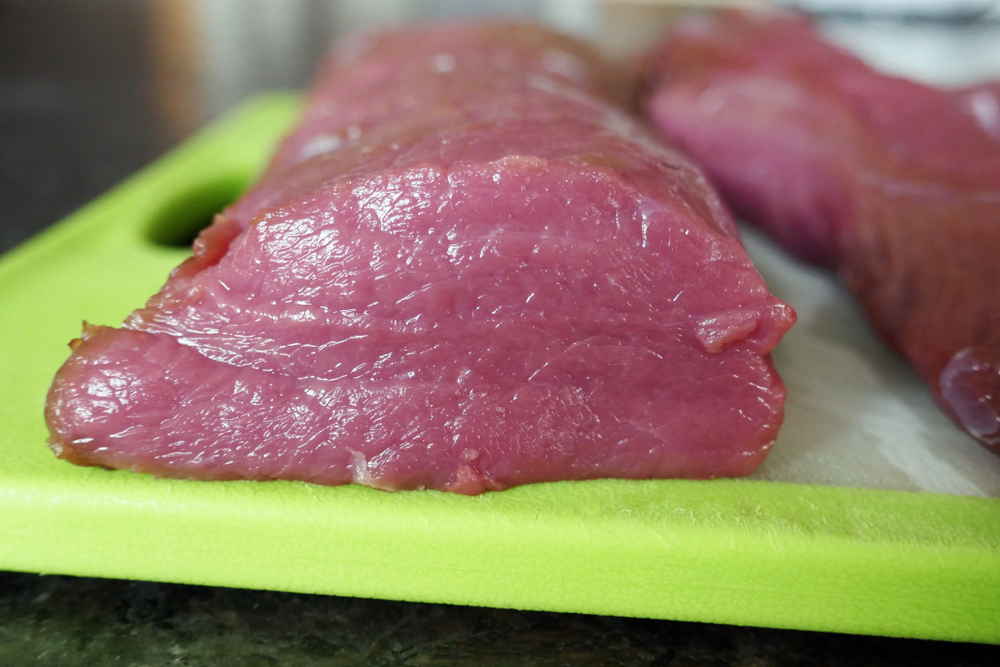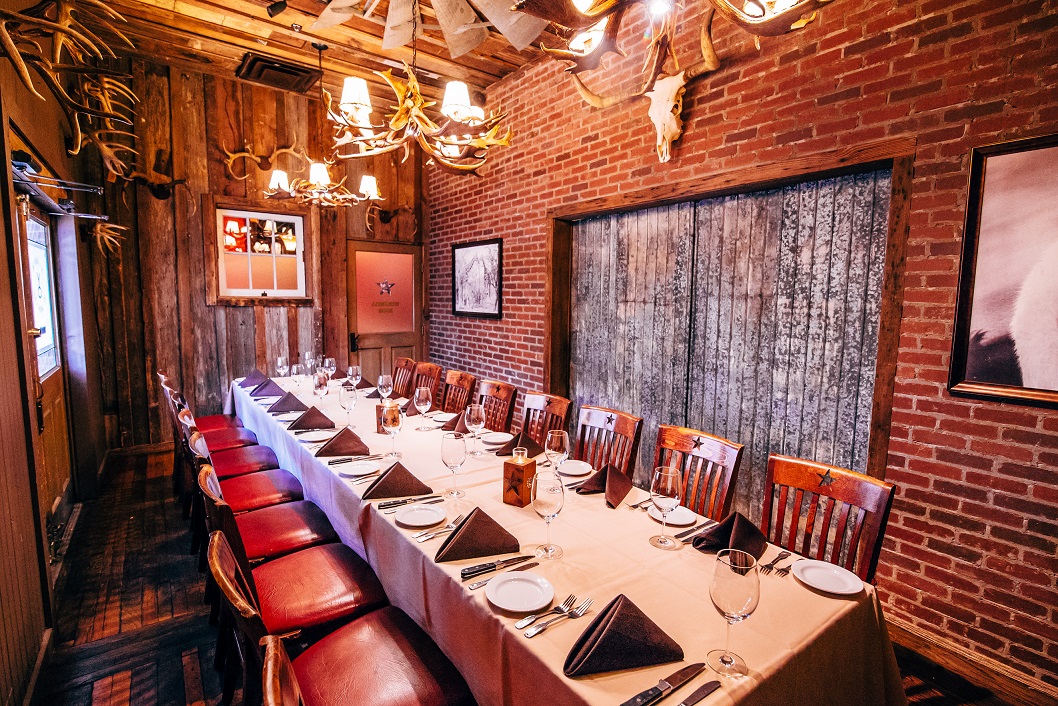Wild game meat isn’t as readily available in supermarkets and restaurants as beef, pork, chicken, and seafood, which means that there’s naturally some mystery surrounding them. As a Dallas steakhouse with a Texas Hill Country twist, wild game meat is a staple on our menu. We’d like to help demystify wild game meat for our guests. Here are 5 common myths about wild game meat debunked!
1. Game Meat Tastes Gamey
So many people assume wild game tastes “gamey” (probably due to its name), which they also equate with an unappetizing flavor. But does wild game meat taste bad? No. If cooked properly it can taste absolutely delectable.
It is true, however, that wild game has an intense, almost metallic flavor as a result of its high iron content. Compared to the sedentary lifestyle of many of the farm-raised animals we’re used to consuming, wild game lead an active lifestyle which leads to more rapid blood circulation and higher iron. This intense taste is better described as “umami”, the lesser-known fifth taste that humans can discern. It is savory – not salty, not sweet, but robust in its own right.
Hence, the strong flavor of wild game meat isn’t unfavorable, just different than what we may typically be used to. When prepared correctly either at home or at your favorite restaurant, wild game can taste even better than other types of meat.
2. Wild Game Meat is Greasy
Many people assume that wild game meat has higher fat content. On the contrary, wild game that fall into the red meat category such as deer, elk, buffalo and antelope have a lower saturated fat content due to their very active lifestyle. In fact, their nutrition statistics are very similar to a skinless chicken breast, with most cuts having around 110 to 130 calories, 2 grams of fat and 25 grams of protein for a 3 oz. serving. Deer, elk and antelope have a vitamin and mineral composition similar to beef, so these meats are good sources of iron, B12, B6, niacin and riboflavin. Wild game meat is a great way to get lean protein into your diet.
3. Wild Game Meat is Tough
So, if wild game meat is lean, does that mean it’s tough and dry? It can be if not cooked properly, as is the case with any lean protein. The key is to follow a proper cooking technique, supplementing with alternative sources of fat to keep it nice and tender.
4. Wild Game Meat is Unhealthy
Due to the impressive qualities of wild game that we reviewed previously, it has provided an excellent source of protein throughout time. While medical professionals often advise people to cut back on “red meat,” this advice doesn’t necessarily apply to wild game. Wild game meat carries far fewer calories and less saturated fat than commercially produced meat. Naturally-harvested game meat is typically high in omega-6 and omega-3 polyunsaturated fatty acids, both of which help lower bad cholesterol levels, as opposed to commercial meat which can raise them, lowering our risks of stroke and heart attack. So contrary to the myth, wild game meat is actually a much healthier alternative to farm-raised meats consumed today.
5. Pregnant Women Shouldn’t Eat Wild Game Meat
Any type of meat can be dangerous for expectant mothers and growing babies in the womb if not prepared properly. Wild game is very safe for pregnant women and the most organic meat you can get, so pregnant women can enjoy their favorite YO wild game dishes without worry.
Enjoy Deliciously Prepared Wild Game at Y.O. Steakhouse
Whether you’re a veteran wild game eater or considering eating it for the first time, let us prepare it for you! Our menu is full of wild game options such as our famous Venison Roll Ups, Wild Game Platter, Axis Venison Chops, Buffalo Filet Mignon, and Espresso Crusted Elk Tenderloin. Make a reservation and try wild game for yourself today!







